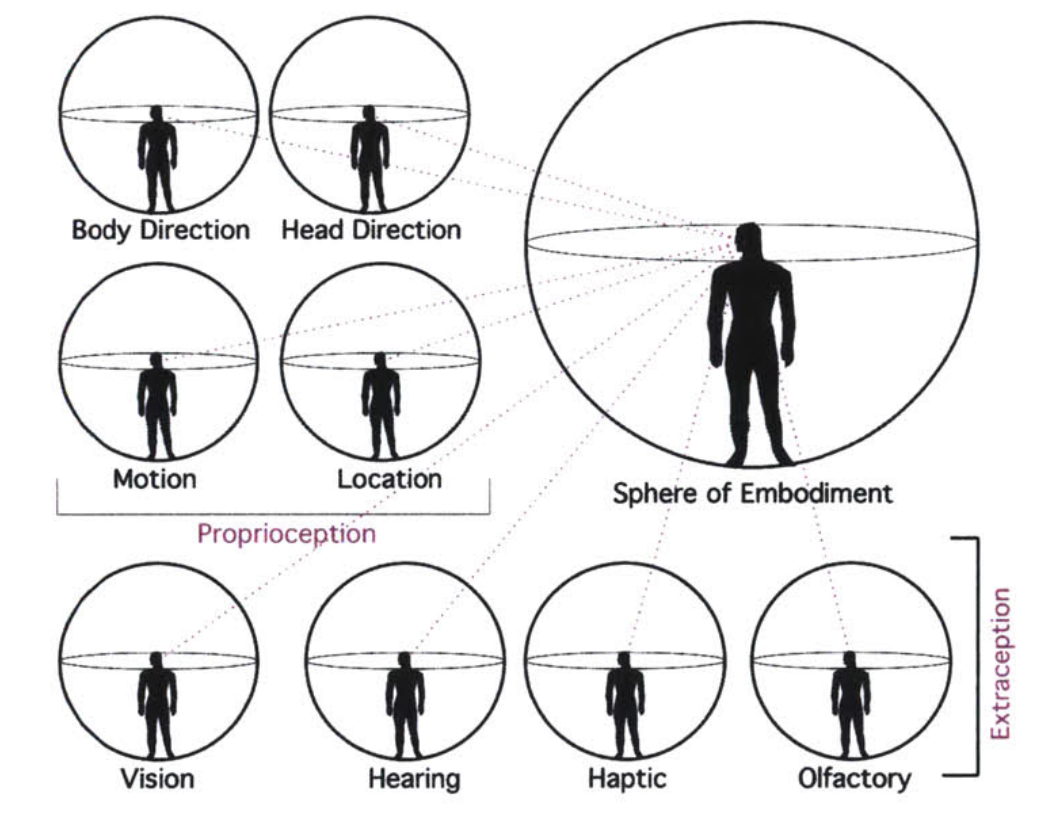Computing embodied architectures
Convenors: Athina Papadopoulou, Theodora Vardouli, and Cagri Zaman
International Conference on Spatial Cognition (ICSC 2015)
Background: The human aspects of space became a subject of systematic study in the 1960s and 1970s, with the establishment of environmental psychology and the phenomenological turn in architecture. Several design and research approaches developed during that periodthat took into account people’s action, emotional responses, and sensory aspects in the study and design of space. These approaches led to computational frameworks for an embodied understanding and analysis of space. Bill Hillier’s space syntax, Kevin Lynch’s cognitive urban elements, Phillip Thiel’s envirotectures, are a few examples of such efforts. Despite significant overlaps between embodied approaches inthe field of architecture and embodied approaches in field of spatial cognition, the associations between the two fields remain limited. Aim: Computing embodied architectures aspires to encourage exchanges between spatial cognition methodologies, architectural research and computation, forming the ground for future cross-fertilization. The aim is to examine ways in which architectural inquiries and intuitions can contribute to spatial cognition research and, conversely, ways in which tools and techniques from cognitive science and psychology can inform architectural design decisions. More specifically, the symposium asks: What forms of embodied computational approaches could we bring today in architecture to re-engage the body when thinking of space and making space? How can the architectural perspectives inform the discourse on spatial cognition? Approach: Taking these questions a launching pad, computing embodied architectures brings together contemporary research and projects that incorporate the sensory processes, the body and its movement in designing, making, and thinking about space and the built environment, while inquiring into the potentials of computational ideas and techniques for describing, understanding, or enriching the interactions of bodies in and with space.





